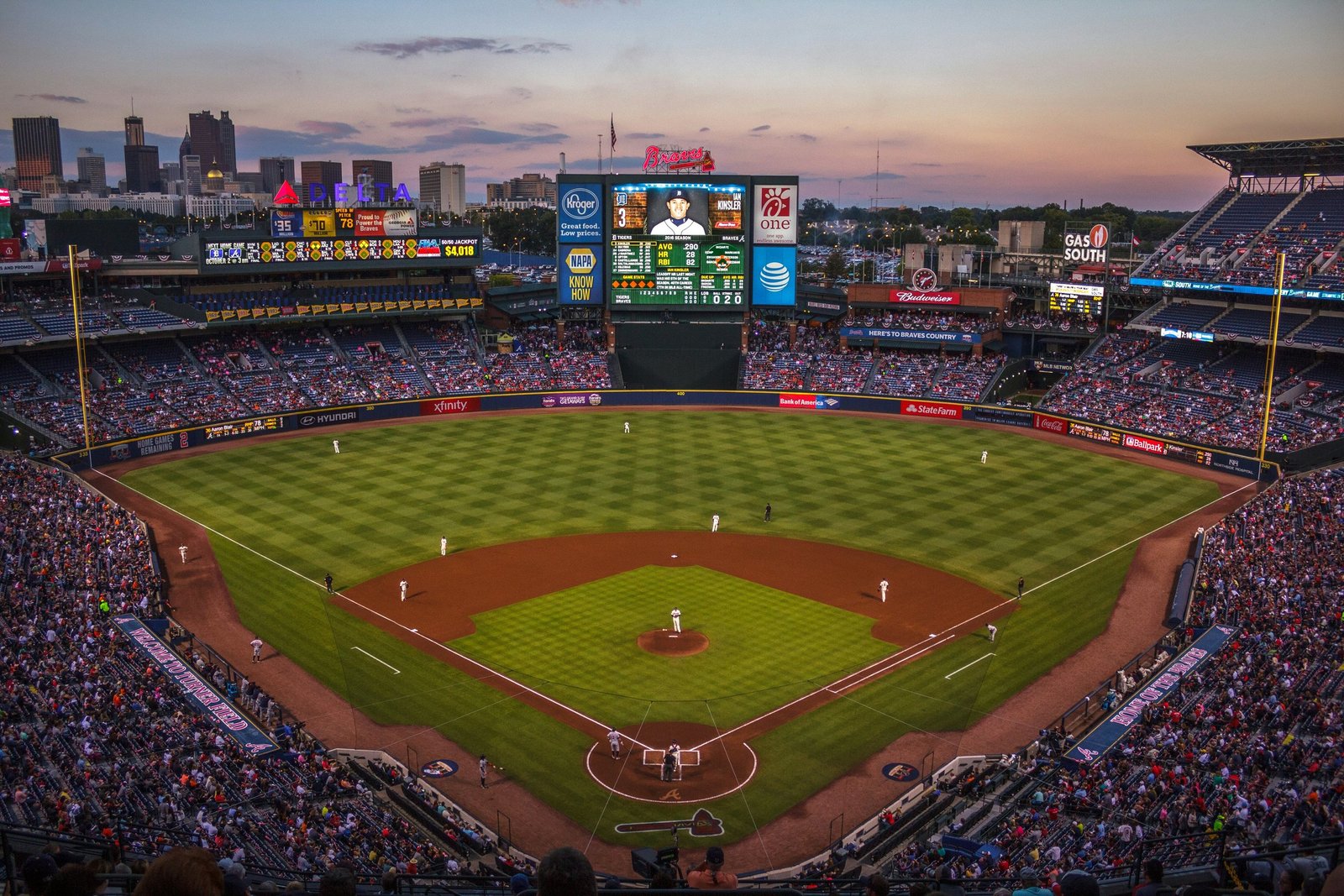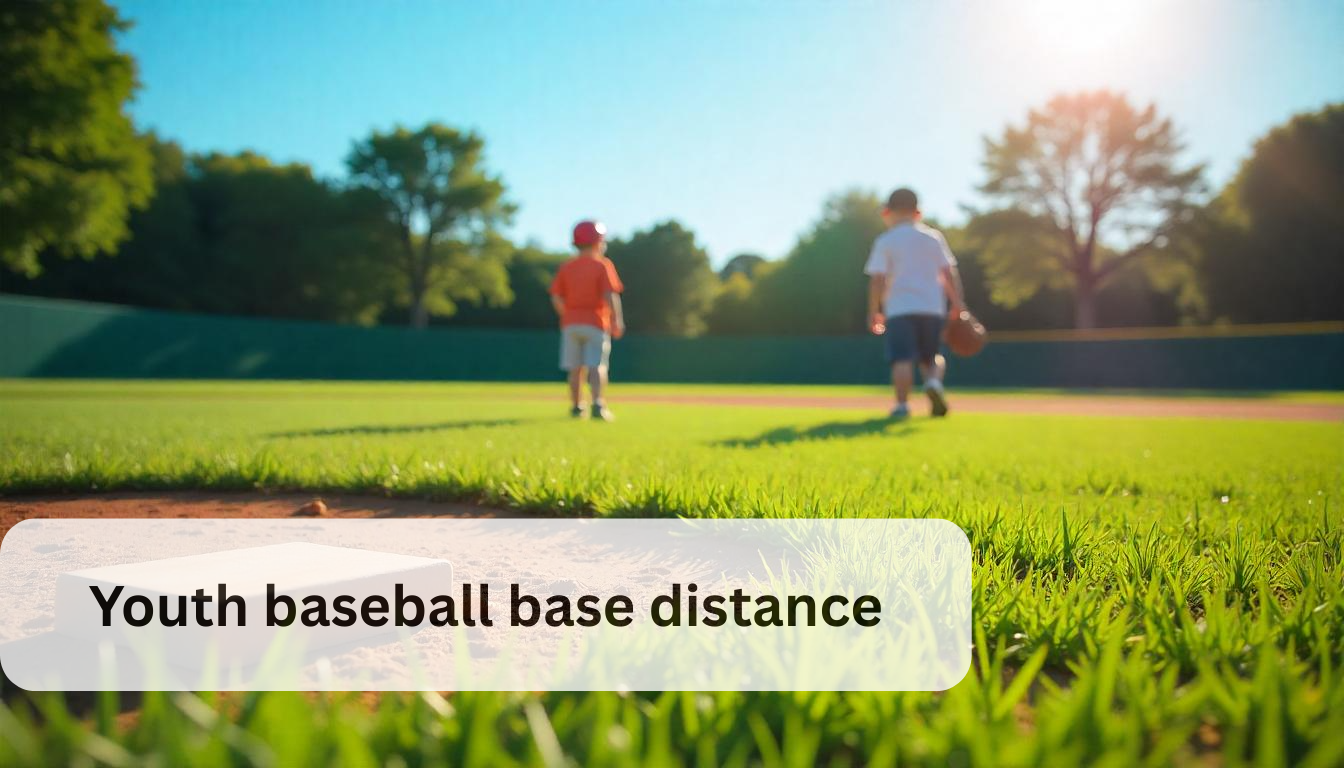High school baseball games usually last around two hours. Game duration can vary, though.
Let’s explore why this happens. High school baseball games can be unpredictable. They don’t have a fixed time limit. Several factors influence the length of a game. These include the number of innings, the speed of play, and weather conditions.
In general, games consist of seven innings. But, if the score is tied, extra innings may be added. This can extend the game. Slow-paced games, with lots of pitching changes or long at-bats, also take longer. Weather delays, like rain, can pause the game and make it last longer. Understanding these factors helps explain why the length of high school baseball games can vary so much.
Introduction To High School Baseball Games
High school baseball games are a cornerstone of school sports culture. These games bring excitement and school spirit. They offer students a chance to showcase their skills. But how long do these games typically last? Let’s dive into the world of high school baseball games and understand their duration.
Brief History
High school baseball has a rich history. It dates back to the early 20th century. Schools across the United States embraced the sport. It quickly became popular among students. Many schools formed teams and leagues. Baseball provided a structured and competitive outlet for young athletes. Over the decades, the sport evolved. Rules and regulations were standardized. High school baseball games became a staple in school sports programs.
Importance In School Sports
High school baseball plays a crucial role in school sports. It promotes teamwork and discipline. Students learn valuable life skills. These include leadership and perseverance. Baseball also fosters school spirit. Games often draw large crowds of students, parents, and community members. They create a sense of unity and pride. Participation in baseball can also open doors. Many students earn college scholarships through their performance. This makes high school baseball more than just a game. It becomes a stepping stone to future opportunities.

Credit: charlesschwabfieldomaha.com
Standard Duration
High school baseball games are a thrilling experience. But how long do they last? Let’s delve into the standard duration of these games. Several factors can affect their length, but most games follow certain norms. Understanding these can help you plan your time better.
Average Game Length
The average length of a high school baseball game is around 2 to 2.5 hours. This duration can vary based on the pace of play and the skill level of the teams. Some games may be shorter, while others can stretch longer.
Several factors can influence the length. For example, pitching changes, the number of hits, and the overall pace of play. A game with many runs and hits will naturally take longer.
Typical Number Of Innings
In high school baseball, games usually consist of seven innings. This is different from Major League Baseball, which has nine innings. The shorter format helps keep games within a manageable time frame for young athletes.
Each inning is split into two halves. The away team bats in the top half, and the home team bats in the bottom half. If the game is tied after seven innings, extra innings may be played to determine a winner.
Here is a quick overview:
| Level | Number of Innings | Average Duration |
|---|---|---|
| High School | 7 | 2 to 2.5 hours |
| Major League | 9 | 3 to 3.5 hours |
Understanding the typical number of innings helps set expectations. It also highlights the differences between high school and professional baseball.
Factors Affecting Game Length
High school baseball games vary in length. Several factors influence the duration of each game. Understanding these factors can help manage expectations and plan accordingly.
Weather Conditions
Weather plays a significant role in game length. Rain can delay or pause games. Windy conditions affect pitching and hitting, slowing the pace. Extreme heat or cold may lead to more frequent breaks. Weather impacts both players and game flow.
Skill Level Of Players
The skill level of players affects game duration. Experienced players tend to play faster. They make fewer errors, leading to quicker innings. Less experienced players may struggle, extending game time. Skill level influences how smoothly the game proceeds.
Pace Of Play
The pace of play directly impacts game length. Teams that play quickly finish sooner. Slow play, due to frequent timeouts or long at-bats, lengthens the game. Coaches and umpires can encourage a faster pace. Effective time management keeps the game moving.
Game Structure
Understanding the game structure of high school baseball can help fans enjoy it more. The structure includes innings, extra innings, and the mercy rule. Each part plays a role in how long a game lasts. Let’s break it down.
Innings Breakdown
High school baseball games usually have seven innings. Each inning has two halves. One for the home team and one for the away team. In each half, the teams switch between batting and fielding. The batting team aims to score runs. The fielding team tries to get three outs. The game continues until all seven innings are completed. Sometimes, the game ends early. This happens if the home team is ahead in the final inning’s bottom half.
Extra Innings
If the score is tied after seven innings, the game goes into extra innings. Extra innings continue until one team has more runs at the end of an inning. This can extend the game’s length. Some games might finish in the eighth inning. Others could go much longer. The excitement builds with each extra inning.
Mercy Rule
The mercy rule can shorten a high school baseball game. If one team has a big lead, the game may end early. Usually, this happens when a team leads by 10 runs after five innings. The mercy rule helps prevent lopsided scores. It also ensures player safety by ending a one-sided game early.
Comparison With Other Levels
When discussing the length of high school baseball games, it’s helpful to compare them with games at other levels. This provides context and helps understand the differences in game durations. Let’s break it down by different levels of play.
Little League
Little League games are typically shorter compared to high school baseball games. They usually last around 1.5 to 2 hours. This is due to the shorter innings and less time between plays. The games are designed to keep young players engaged without overtaxing their attention spans.
College Baseball
College baseball games tend to last longer than high school games. They can extend to 3 hours or more. The increased skill level, more strategic play, and longer innings contribute to the extended duration. Additionally, college games often include more pitching changes and longer breaks between innings.
Professional Baseball
Professional baseball games, particularly Major League Baseball (MLB), are the longest. They typically last around 3 to 4 hours. The increased complexity, higher skill level, and commercial breaks contribute to the longer duration. Fans are treated to a more intricate and detailed game, which naturally takes more time.
| Level | Average Duration |
|---|---|
| Little League | 1.5 to 2 hours |
| High School | 2 to 2.5 hours |
| College Baseball | 3 hours or more |
| Professional Baseball | 3 to 4 hours |
Strategies To Speed Up Games
High school baseball games can sometimes stretch longer than expected. The duration of these games can be affected by various factors. To ensure games remain engaging and within a reasonable time frame, coaches and players can employ several strategies. This section delves into practical approaches to speed up high school baseball games.
Coaching Tactics
Coaching tactics play a pivotal role in maintaining the pace of the game. Coaches can enforce quick transitions between innings. This can be achieved by keeping players alert and ready. Another effective tactic is to minimize mound visits. This reduces interruptions and keeps the game flowing smoothly.
Additionally, coaches can encourage players to make swift and decisive plays. This reduces unnecessary delays. Providing clear and concise instructions beforehand ensures players know their roles. This can significantly cut down on time wastage.
Rule Adjustments
Implementing specific rule adjustments can help in shortening game durations. One such rule is the introduction of a pitch clock. This limits the time a pitcher can take between pitches. A pitch clock ensures a steady rhythm to the game.
Furthermore, limiting the number of pitches in an at-bat can also be effective. This helps in reducing prolonged at-bats. Another rule to consider is the mercy rule. If a team is leading by a significant margin, the game can be called early. This prevents unnecessarily long games.
Player Efficiency
Enhancing player efficiency is crucial for speeding up the game. Players should focus on quick decision-making. They need to be trained to react swiftly to game situations. This can be achieved through regular practice and drills.
Additionally, players should maintain high levels of fitness. This ensures they can move quickly and efficiently on the field. Proper communication among players is also vital. Clear and timely communication can lead to more efficient plays, reducing the overall game time.
Impact On Players And Audience
High school baseball games can vary in length, usually lasting between two and three hours. The duration of the game has a significant impact on both players and the audience. Understanding this impact can help in making informed decisions regarding game scheduling and management.
Player Fatigue
Long games can lead to player fatigue. Fatigue affects performance and increases the risk of injury. Players need to stay focused for the entire game, which can be challenging.
To manage fatigue, coaches often rotate players. This strategy keeps everyone fresh and reduces the risk of exhaustion. Adequate hydration and nutrition are also crucial. They help maintain energy levels throughout the game.
Audience Engagement
The length of the game also affects audience engagement. Spectators may lose interest if the game drags on for too long. Engaged audiences create a lively atmosphere, which can boost player morale.
Shorter, more dynamic games tend to keep the audience’s attention. Activities during breaks, such as music or mini-games, can also help keep spectators entertained.
Scheduling Considerations
Scheduling games requires careful planning. Schools need to consider the duration of games when planning the schedule. This ensures that games do not run too late, allowing students to get home at a reasonable time.
Weekday games might need to start earlier. This helps to avoid late finishes. Weekend games can be more flexible but still need to consider player and audience availability.
| Consideration | Impact |
|---|---|
| Game duration | Affects player fatigue and audience engagement |
| Scheduling | Ensures reasonable end times and availability |

Credit: www.edustoke.com
Frequently Asked Questions
How Long Is A High School Baseball Game?
A high school baseball game typically lasts around two hours. The game consists of seven innings. However, the duration can vary based on gameplay.
Do High School Baseball Games Have Time Limits?
No, high school baseball games generally do not have strict time limits. The game ends after seven innings or when a winner is determined.
Can High School Baseball Games Go Into Extra Innings?
Yes, if the game is tied after seven innings, it can go into extra innings. This continues until a winner is decided.
How Many Innings In High School Baseball?
High school baseball games usually have seven innings. This is shorter than the nine innings typically seen in professional baseball.
Conclusion
High school baseball games vary in length. Factors like innings and pace matter. On average, they last around two hours. This can change with extra innings. Understanding game length helps with planning. Always check the schedule for accurate times. Enjoy the excitement of the game and cheer for your team.
Baseball is fun and thrilling. Happy watching!





